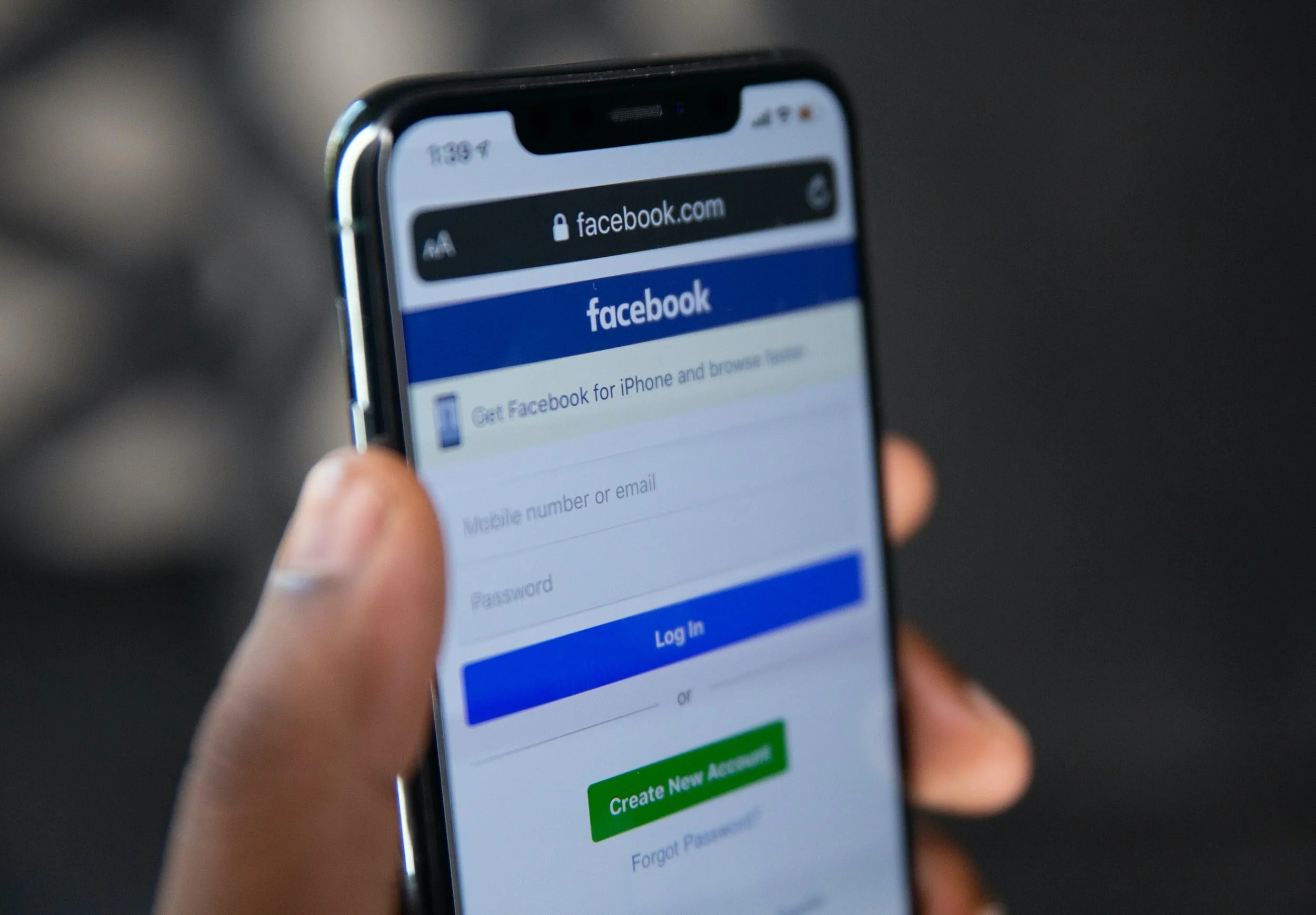How Apple's Data Privacy Feature Impacts Clothing & Apparel Facebook Ad Campaigns
By John Tyreman
Consumers now have more power and control over their data than ever before. Not only can they seek out privacy settings and opt-out of tracking, but now, users on iPhone devices will be prompted to opt-in to tracking thanks to Apple’s new AppTracking Transparency feature.
On April 26, 2021, Apple released their iOS 14.5 update to their operating system which allowed users to select which applications could track personal, location, or other kinds of data. This move has caused major reactions from advertising platforms like Facebook, which will in-turn affect clothing & apparel companies running ads on the platform.
This article shows how Facebook Ad campaigns have changed from Q1 to Q2 2021, and how clothing & apparel companies should adapt.
Less Audience Demographic Data Means Less Control
Ad campaigns on Facebook can vary depending on your strategy and goals. “Conversions” can be anything from a video view, a website page visit, or a purchase. Prior to this update, digital marketers would be able to show the demographic makeup of users who clicked through from Facebook to a company’s website, then converted.
Facebook has since stripped the ability to view that data.
According to aggregate campaign data across Silverback Strategies’ client portfolio, significant amounts of Facebook demographic data like age, gender, and country were grouped as “unknown” starting in May, 2021. As of June, 100% of this data was unknown. For clothing & apparel companies, this presents a major challenge. Historically, this kind of demographic information would help campaigns focused on a particular age or gender group.
Decline in Impressions Makes Reaching Audiences More Expensive
More users opting out of tracking means target audiences will be harder to reach, increasing customer acquisition costs. According to the Silverback Strategies dataset, total ad impressions on Facebook declined by nearly 19% from Q1 to Q2. With shrinking audience sizes, marketers will need to consolidate campaigns on the platform.
Smaller audience sizes have increased demand, and companies are willing to pay a premium to reach them. The cost-per-thousand (CPM) impressions rose by a staggering 67% in the same timeframe. It will be interesting to monitor what this threshold looks like as more users opt-out of tracking. Will companies ditch Facebook and seek out advertisements on other platforms? Only time will tell.
What Should Clothing & Apparel Companies Do?
The margin for error is shrinking when it comes to running campaigns on platforms like Facebook. Larger companies enjoy the luxury of allocating more budget, but smaller companies will need to work smarter and seek out innovative ways to drive more sales with fewer resources. Here are a few ways for clothing & apparel companies to approach this change:
1. Focus on collecting and activating first-party audience data.
First-party data is any information you collect directly from your audience. Demographic and location data stored in a customer relationship management (CRM) platform gives marketers more control. And, it can act as fuel for Facebook campaigns to create “lookalike audiences.”
2. Invest in creative.
With shrinking audience sizes and the loss of demographic data, the science of marketing will come down to testing art performance. But, to do so will require both quantity and quality creative campaign elements.
3. Rapidly iterate and test performance.
With so much change, Facebook campaigns will need to constantly evolve. Communication and feedback between analytics, paid media, and creative teams will be critical to navigating these new privacy-centric waters.
Some companies choose to build out a high-performance marketing team themselves. This approach provides maximum flexibility and can become a low-cost solution once operations are set up properly. However, this can take time to learn the ins and outs of the Facebook Ad platform and accumulate learnings.
Another option is to hire an agency to manage Facebook Ad campaigns. This route can sometimes be a higher initial investment, but you’re paying a premium to stand up campaigns faster by accessing teams of analytics, creative, development, copywriting, and paid media specialists.
HOW DO YOU FEEL ABOUT FASHION?
COMMENT OR TAKE OUR PAGE READER SURVEY
Featured











For Autumn/Winter 2026, Saul Nash’s Masquerade explores clothing as a transformative mask, merging tailoring and sportswear to empower fluid identity, movement, and self-expression through performance-led design.